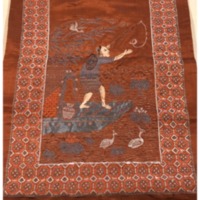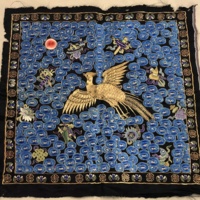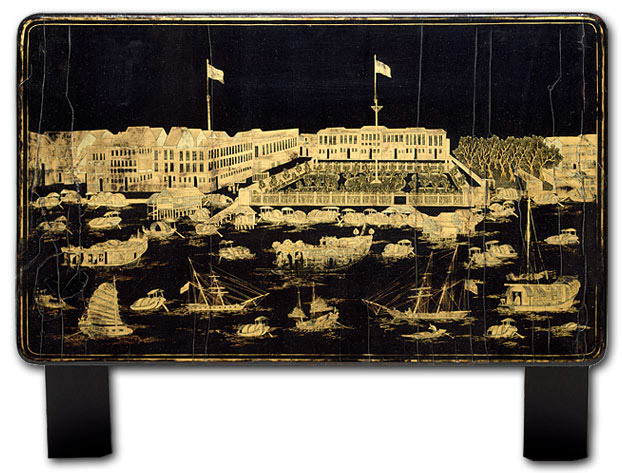Localized Markets
Another interesting observation from Prof. Water G. Whitman was that industries in China were localized and generally each city did one or two things which they were known for. For instance, Canton was famous for its ivory carvings and embroideries; Foochow, for its lacquer work; Hanchow for its fans and scissors; Peking for its rugs and brass, and Nanking for its tapestries.
"This is one of a set of four lacquer nesting tables depicting Canton, Macau, Bocca Tigris, and Whampoa, ca. 1830 to 1845. The American garden with its large fence is in the center. Like porcelain, the production of high-quality lacquer was a technology first developed in China, Japan, and Korea, and exported to the rest of the world. Europeans tried to copy it, but could not match the elegant aesthetic qualities of Asian designs. Traditional Chinese landscapes were common subjects of lacquerware, but scenes of the foreign residences attracted many buyers." [1]
This is an example of how the American and Chinese culture affected each other during their interaction. Americans were really curious about China which explains why the lacquer nesting table includes some of the city images but at the same time, they were interested to see their own culture represented.
[1] Perdue, Peter. "Rise and Fall of the Canton Trade System." MIT Visualizing Cultures. Accessed December 18, 2017. https://ocw.mit.edu/ans7870/21f/21f.027/rise_fall_canton_03/cw_essay01.html.


